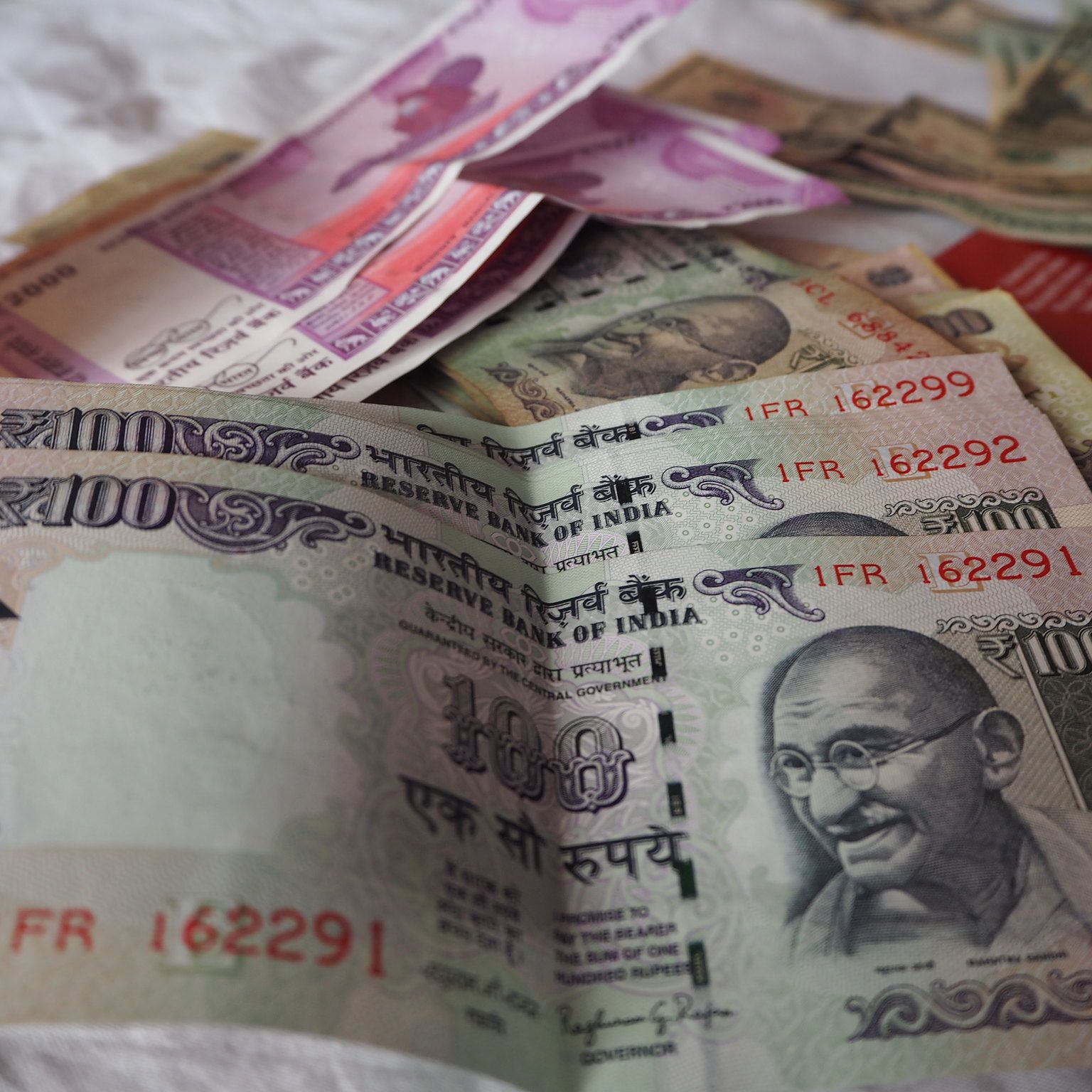Currency of India
 The rupee is the main currency in India, and the Reserve Financial Institution of India is the authority accountable of providing money.
The rupee is the main currency in India, and the Reserve Financial Institution of India is the authority accountable of providing money.
Beginnings and background
First English settlements in India were situated mostly in three areas: Western India (Bombay as well as Surat), South India (Madras) as well as those of the Western district of Bengala (Calcuta). As an effect, British coins in gold, silver, copper and also tin were utilized for sell these areas.
In very early 1830, English power had actually come to be primary in India The introduction of a leading power after greater than a hundred years of chaos, enabled the passage of the Coinage Act of 1835, so a consistent cash could be feasible. The brand-new layout of the coins issued in 1835 consisted of William IV's effigy on the obverse and the denomination on the opposite, created in English and also Persian.
Coins issued after 1840, at the same time, bore the portrait of Queen Victoria. The very first coin provided under the crown was launched in 1862.
In 1906 the Coinage Act of India, controling the establishment of mints and also the issuance of coins was passed and also today still continues to be effective.
The scarcity of silver took place throughout the First World War brought about the British Government, George V on the throne, to issue paper cash of one rupee, 2 rupees and two and also a half. Silver coins of smaller sized denominations were provided in cupronickel.
The situation throughout the Second World War resulted in experiments in the currency for which basic rupee was changed by the Quaternary Silver Alloy, coins being issued from 1940. In 1947 these were changed by coins of pure nickel.
The country gained its independence on 15th August 1947. Nevertheless, the current money kept frozen till 26th January 1950, when India became a republic.
In 1957, India embraced a decimal money system wherein a rupee contained 100 paises. The management of providing currency is the responsibility of the Reserve Bank of India, which is the central bank, while the responsibilities for issues connected to silver match to the nation's government.
The reserve bank in India is called the Reserve Bank of India The INR is a handled float, allowing the market to identify the exchange rate. As such, treatment is used just to keep low volatility in exchange prices.
Early Coinage of India.
India was among the initial issuers of coins, circa 6th Century BC, with the very first documented coins being called 'punch-marked' coins due to the way they were produced. India's silver styles frequently transformed over the following few centuries as various realms increased and also dropped. By the 12th century a new currency referred to as Tanka was presented. During the Mughal period, a unified monetary system was established and also the silver Rupayya or Rupee was presented. The states of pre-colonial India minted their coins with a comparable style to the silver Rupee with variants relying on their area of beginning.
Money in British India.
In 1825, British India embraced a silver typical system based on the Rupee as well as was used up until the late 20th century. Although India was a colony of Britain, it never adopted the Pound Sterling. In 1866, financial establishments collapsed and also control of paper currency was changed to the British federal government, with the presidency banks being taken apart a year later. That exact same year, the Victoria Portrait series of notes was provided in honor of Queen Victoria, and continued to be in operation for about 50 years.
The Modern Day Indian Rupee
After obtaining its self-reliance in 1947 and also ending up being a republic in 1950, India's modern-day Rupee (INR) was changed back to the style of the signature coin. The Indian Rupee was adopted as the country's single currency, and the usage of other residential coinage was removed from circulation. India embraced a decimalization system in 1957.
In 2016, the Rs 500 and also Rs 1,000 discontinued to be legal tender in India. The removal of the denominations is an attempt to quit corruption and unlawful money holdings. In November of the same year, the Reserve Bank of India started issuing 2000 religion banknotes in the Mahatma Gandhi (New) Series. ![]() The rupee is the main currency in India, and the Reserve Financial Institution of India is the authority accountable of providing money.
The rupee is the main currency in India, and the Reserve Financial Institution of India is the authority accountable of providing money.